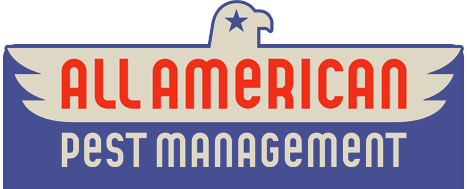Fleas in the House
Fleas thrive when temperatures hover between 65-80 degrees and humidity sits between 75 percent and 85 percent. These pests are a summer problem in some parts of the country but basically a year-round menace here in Texas.
An obvious way to know your dog has fleas is if you see little dark specks in their fur or tiny brownish insects hopping around on them. Fleas don’t love the light, so check areas where they hide, such as thick areas of your pet’s fur, on their belly, or the inside of their thighs or ears.
What do fleas look like? If you see small pepper-like flecks that are sometimes called “flea dirt” on your dog, pick some off and scatter them on a wet paper towel. If the specks begin to look more like a bloodstain, then you can be sure that the specks are coming from fleas.
Your pup can pick up fleas through contact with other animals that have an infestation or their surroundings. It’s easy for fleas to jump among hosts or from the outside environment onto an unsuspecting host because of their strong back legs. Contrary to popular belief, fleas do not fly because they do not have wings.
If your pet has fleas, a good bath is a start, but it won’t solve the problem. Cleanliness plus the aid of a pest control professional for flea control is the winning combination. Learn more about how to get rid of fleas below.
Vacuuming well can be a great start. Get under the furniture, including cushions, and be sure to put the vacuum bags in the outdoor trash can frequently. Make sure you do a thorough job on any carpet in the home, as that is a prime place for the pests to hide. Fleas can stay alive in those bags and reinfest your home. Vacuuming can remove 30 percent of flea larvae and up to 60 percent of flea eggs that have taken up residence in your carpet.
Be sure to wash and change out your dog’s bedding regularly. Doing these in tandem helps ensure that a clean dog doesn’t immediately gain a new batch of fleas.
As far as the dogs go, start with a bath and a flea comb. Using a fine-toothed comb takes a while but it will pull the grown fleas out of the fur. Double-check those “hidden” areas like the face, neck, and the area around the front of the tail. To kill the fleas you remove, dip the comb in soapy water or an alcohol solution.
Once your furry friend is clean, use an insect growth regulator to prevent a new infestation. You can find these products as sprays, pills, or food additives. Check with your vet about what they recommend. Some products can take four to six weeks to get the flea infestation under control.
That timeframe can be a problem if your dog has a severe infestation. It can allow a re-infestation before you even kill off the initial batch. If that is the case, ask your veterinarian what product will work quickly to provide your pet some relief.
As you can see, it takes a delicate balance to clean the environment of early-stage fleas and remove adults from your pup. That is why it is best to call in the experts. A licensed pest control professional has various options for you depending on your lifestyle and specific concerns for your home.
Don’t let a flea problem in your home disturb you or your furry family members. Our team members can treat fleas both indoors and outdoors and any other pests that threaten your quality of life. We will do a thorough inspection and develop a plan that works for you, your family, and your lifestyle.





